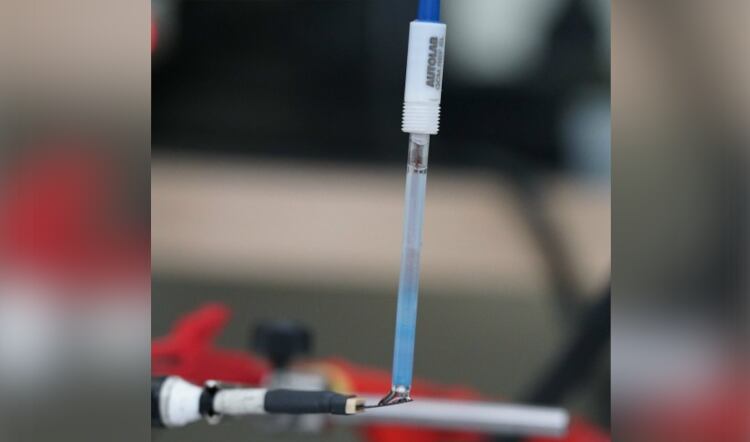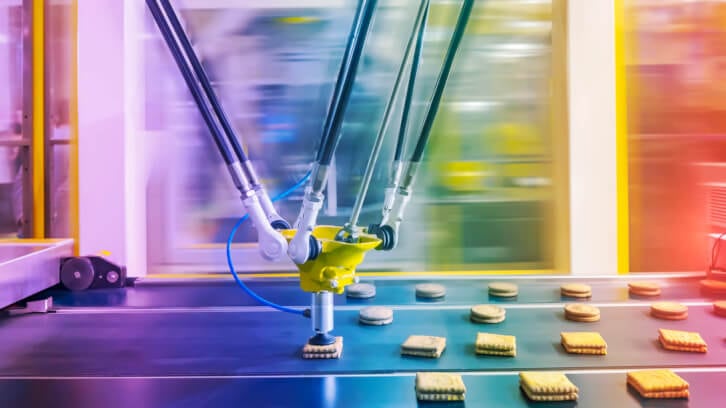The article, Nonenzymatic electrochemical sensor based on ZnO nanoparticles/porous graphene for the detection of hypoxanthine in pork meat, details a new form of biosensor that is faster and more cost effective thanks to it not requiring specialists to carry out.
Author of the research Ngo Thi Hong Le, researcher at the Vietnam Academy of Science and Technology, said: “In comparison to modern food-testing methods, like high-performance liquid chromatography, gas chromatography, mass spectrometry, atomic and molecular spectroscopy and nuclear magnetic resonance spectroscopy, biosensors like our sensor offer superior advantages in time, portability, high sensitivity, and selectivity.”
Loss of freshness
Produced using a polyimide film that has been converted into a porous graphene using a pulsed laser, the biosensor identifies the presence and prevalence of Hypoxanthine (HXA) and xanthine in meat, indicators that meat is losing or has lost its freshness.
The added zinc oxide nanoparticles attract the HXA molecules to the electrode surface. When HXA interacts with the electrode, it oxidizes and transfers its electrons, spiking the electrode’s voltage. The linear relationship between HXA and voltage increase enables easy determination of HXA content.
‘Outstanding performance’
Following an ‘outstanding performance’ testing solutions with known quantities of HXA, researchers tested the biosensor’s practicality using pork tenderloins purchased from a supermarket. According to the report, the sensor performed with over 98% accuracy, favourable detection range and low detection limit.
“In Vietnam, pork is the most consumed meat,” Le added. “Therefore, pork quality monitoring is one of the important requirements in the food industry in our country, which is why we prioritised it.”
Meanwhile, researchers at the Shih Microfluidics Lab have developed a disposable, paper-based synthetic biosensor that can quickly detect rotten meat.
Describing the rationale behind the biosensor, lead author Alaa Selim said: “Making a rapid, easy-to-use biosensor for people to check the quality of the food they are eating is empowering. We wanted to make a device that anyone could use, that is disposable and contained no toxic materials.”





